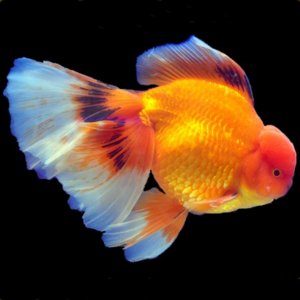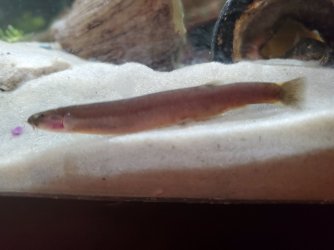Agreed.Tap water doesn't change much during the year so as long as you do regular water changes, your tank water chemistry (pH, GH & KH) should be similar to the tap water chemistry.
Then you just need to make sure the new water is free of chlorine/ chloramine before it's added to the tank.
I suspect that people who believe in only 20-25% water changes would have parameter problems if they occasionally did a big water change, which perpetuates the myth.
If you routinely and frequently do 50-75%, your parameters are stable as they cannot drift away from the source water parameters.
As well as being healthier many ways (see Byron's article!!!), this is a real advantage in emergencies (eg. ammonia/ nitrite presence, toxins like hand gels or insecticides, disease outbreak, parasites...) because you do a large water change and instantly are on the road to recovery.
Put simply, as AbbeysDad says, "the solution to pollution is dilution".






